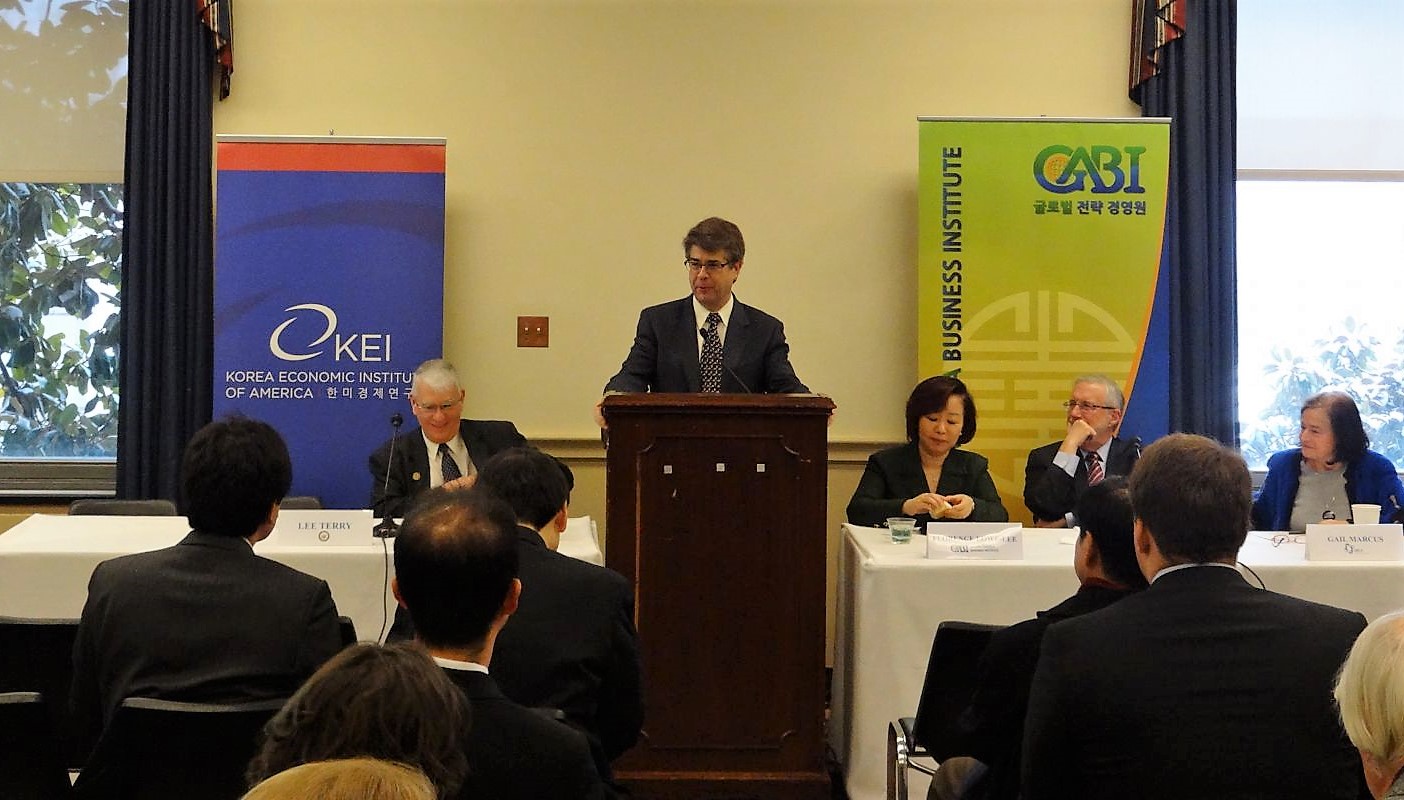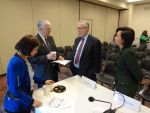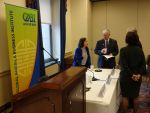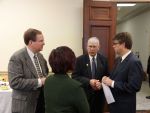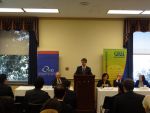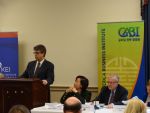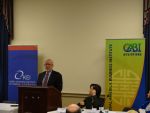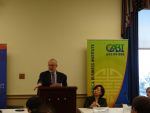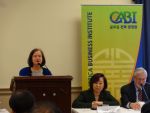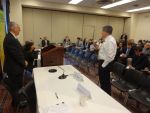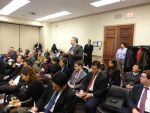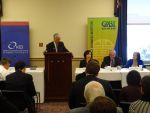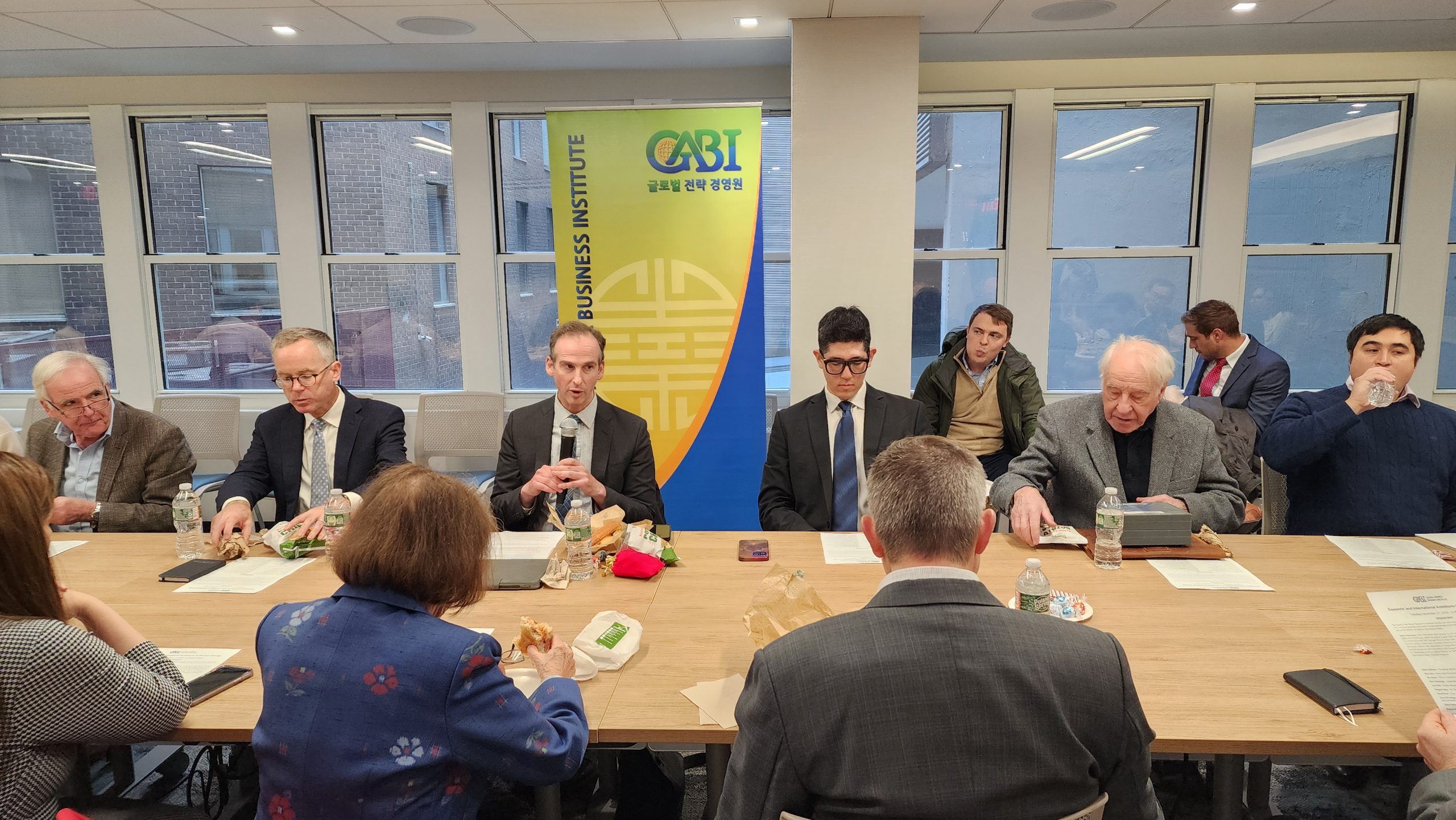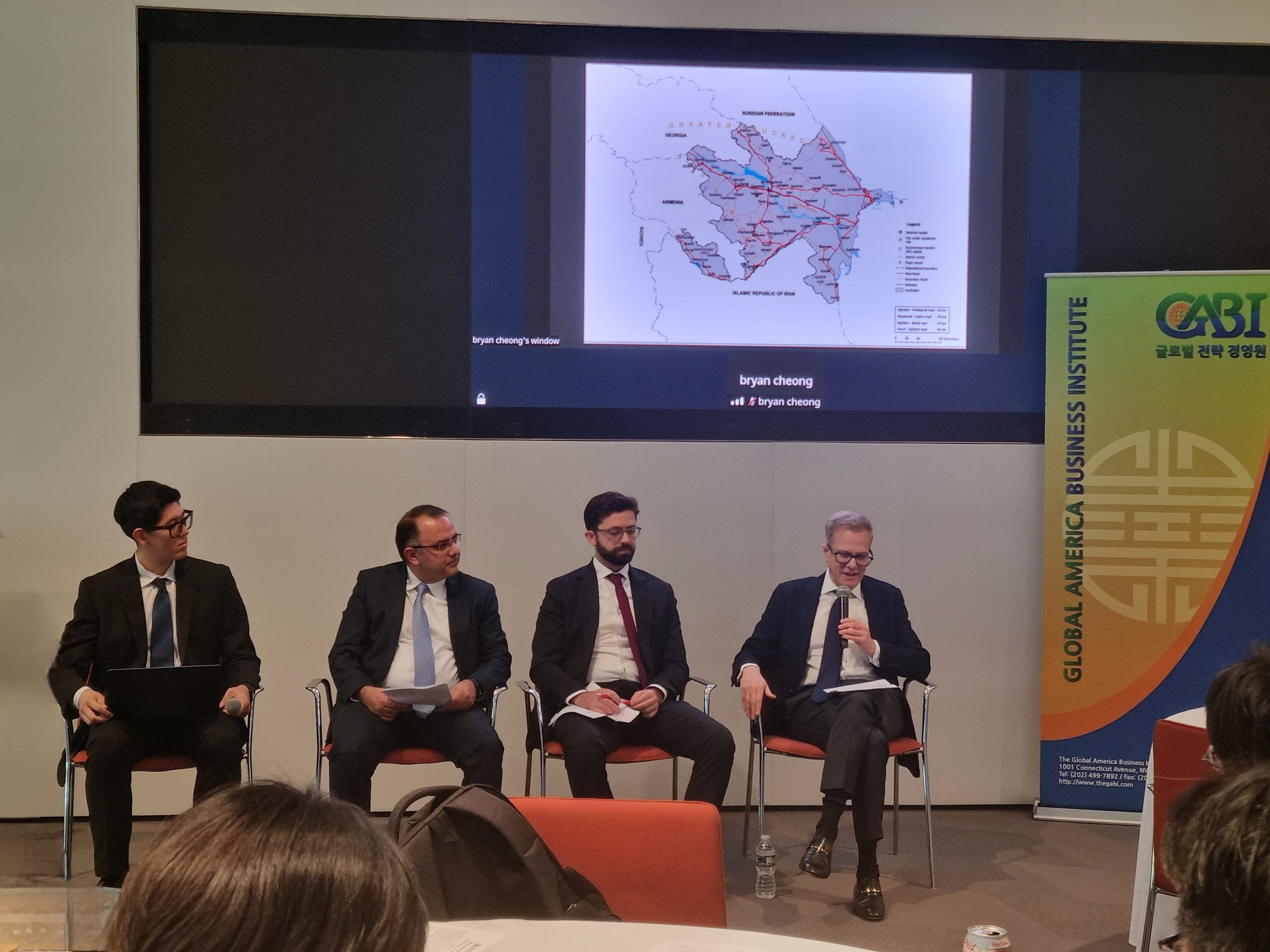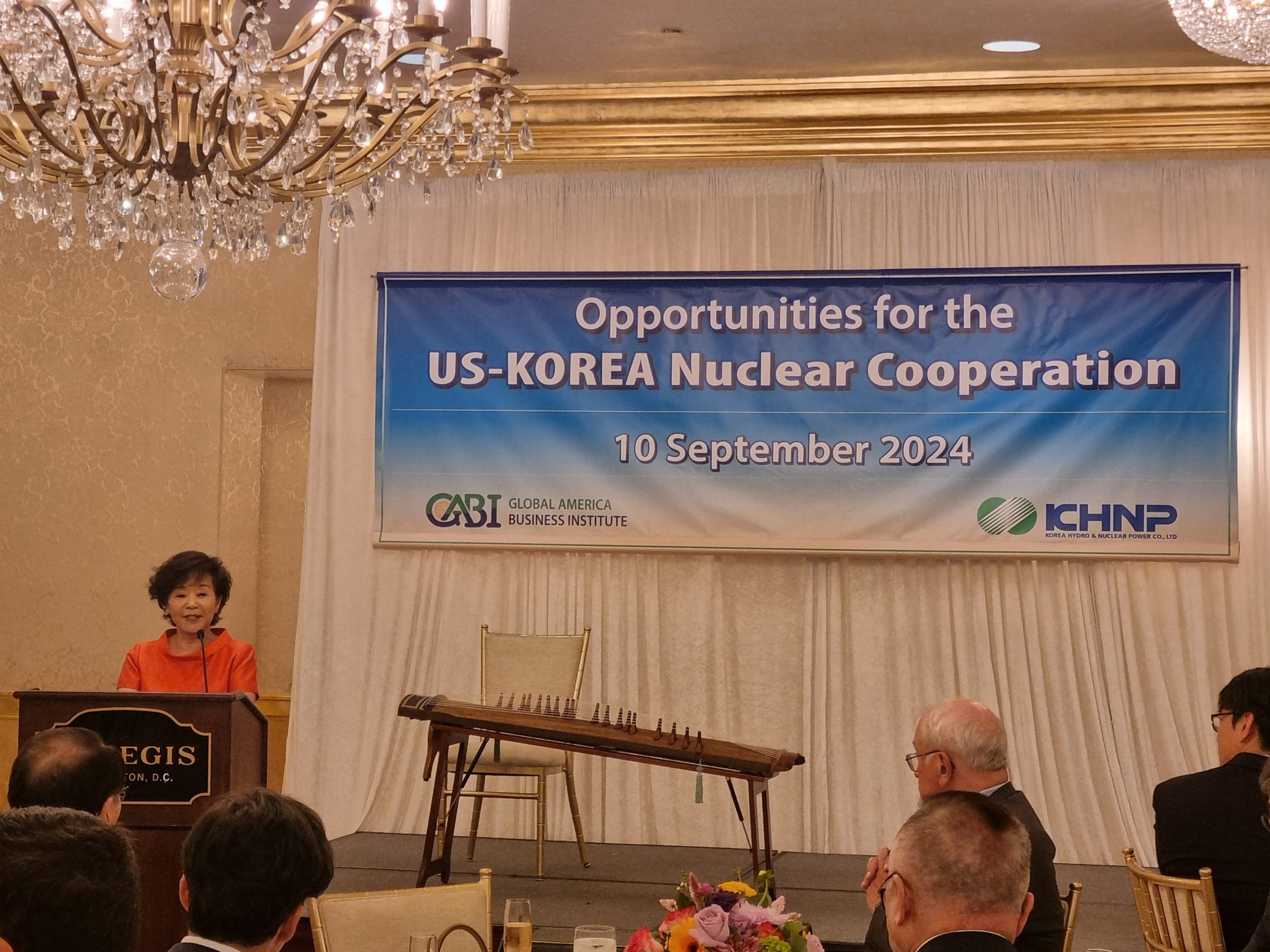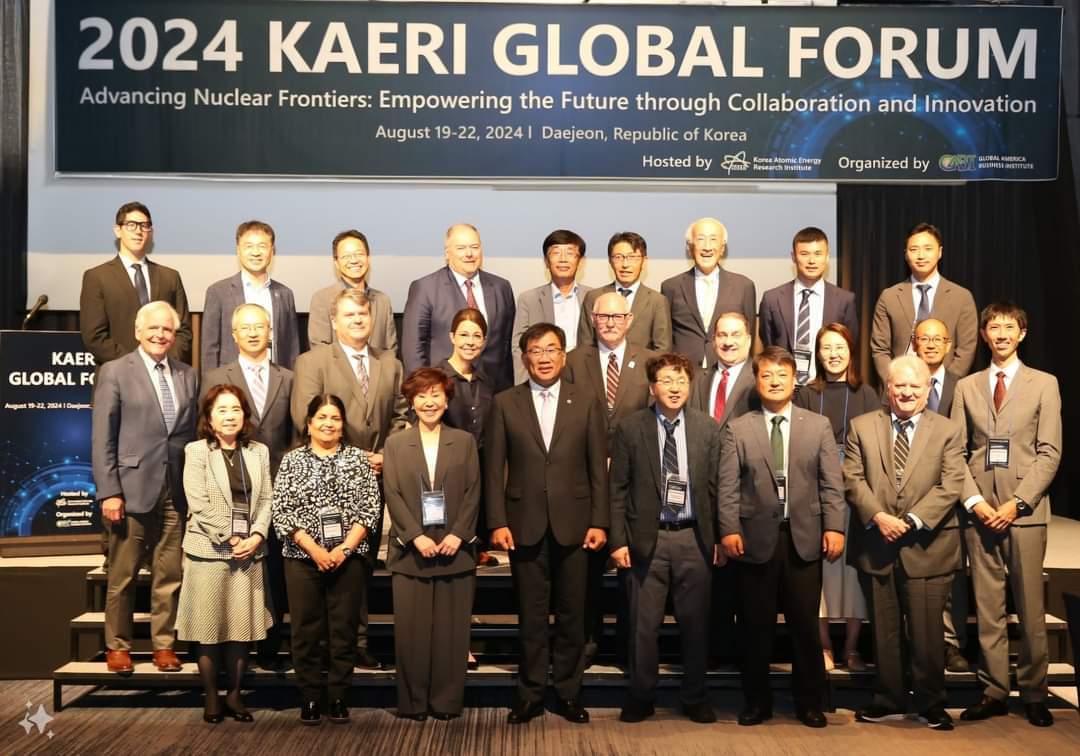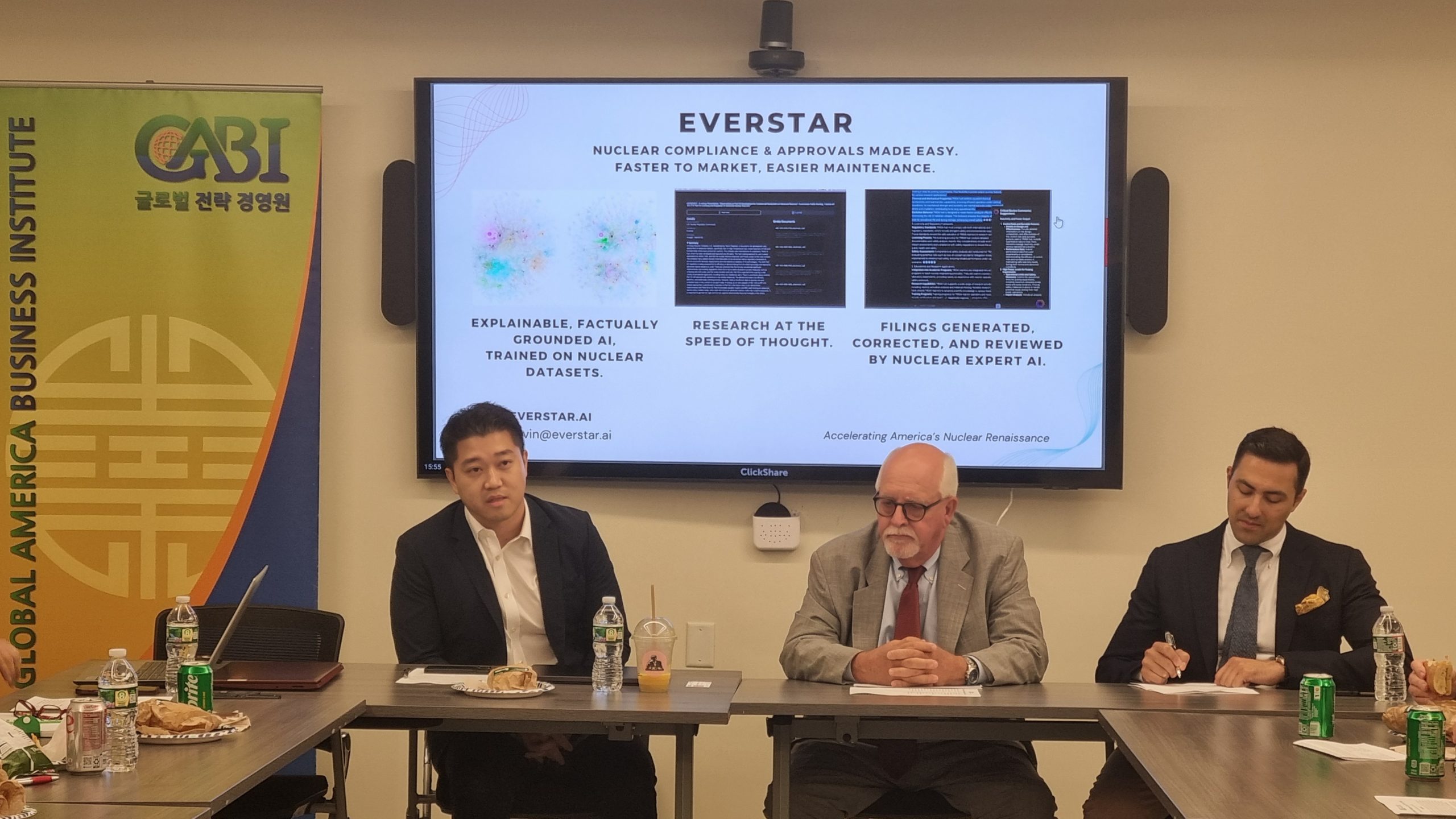President Obama’s all-of-the-above energy strategy has prompted firm US support for domestic nuclear energy projects and international collaborations in nuclear power. The administration’s current policy seeks to develop and maintain diversity in energy sources, of which nuclear plays an important function by providing low-carbon baseload electricity. The 100+ nuclear reactors in operation in the US presently provide 20% of the country’s electricity and 73% of its carbon-free electricity, and yet, addressing issues of regulatory, technical, and financial risk will be crucial for the continued viability of the US nuclear fleet. To ensure growth and progress in the nuclear sector, considerable resources are being allocated to a number of critical areas, including implementation of the Blue Ribbon Commission’s recommendations on used fuel management and disposition; R&D in potentially groundbreaking technologies such as accident tolerant fuels, supercritical CO2 energy conversion systems, uranium seawater extraction, and small modular reactors (SMRs); and international engagement programs involving both multilateral forums and bilateral arrangements. As the vast majority of new nuclear construction is taking place outside the US in countries seeking energy security, grid stability, and carbon mitigation, international cooperation will become increasingly important for the US in meeting its nuclear energy objectives and asserting leadership in global civil nuclear affairs. For instance, current fuel cycle R&D collaboration with the Republic of Korea may yield benefits for domestic spent fuel management and keep the US up to speed on advanced nuclear fuel cycle developments.

